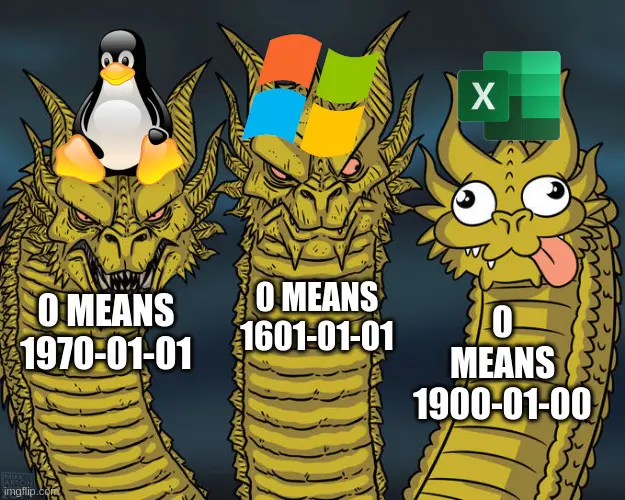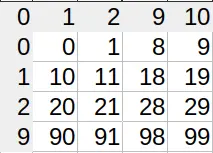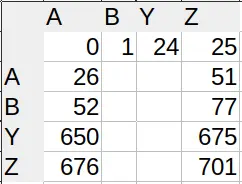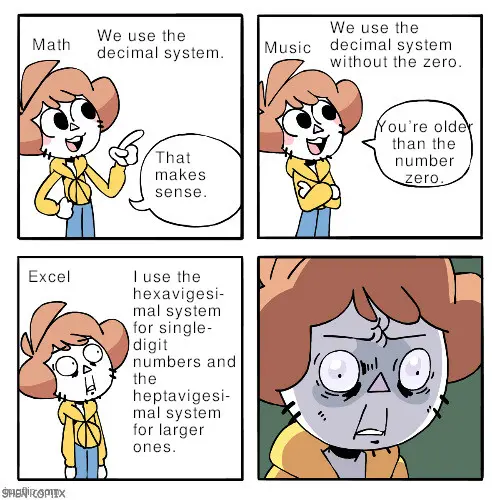Im Grundgesetz gibt’s aber keine Paragrafen sondern Artikel.
bleistift2
That isn’t a bad thing. On the contrary, according to the open-closed principle, you should strive for writing code you never have to touch again.
Ah yes, the “fuck it, no-one is going to use this” code.
Die CDU packt mal wieder ihre Schaufel aus.
You don’t need to use TS to avoid common issues. If you add an empty object to an empty array and expect a meaningful result, the problem sits in front of the keyboard.
Unfortunately, people do.
Beinmuskeln.
Ja, ok, ein bisschen Muskulatur brauchst du, um nicht an der Hüfte abzuknicken, aber der Rücken sollte nicht viel mehr beansprucht werden als sonst.
Bitte nicht so fahren :(
Mhh… Ich müsste mal nachmessen.
Wenn du zum Transport von Fliesen Rückenmuskulatur brauchst, machst du was falsch.
worse, compressed mp3
Everyone who claims they can distinguish 192kbps mp3 from uncompressed audio can also hear the flea cough, as we say in German.
















Wie wär’s mit „Art.”?
Ist mir eigentlich auch egal, was da steht. Also auf der Leinwand.